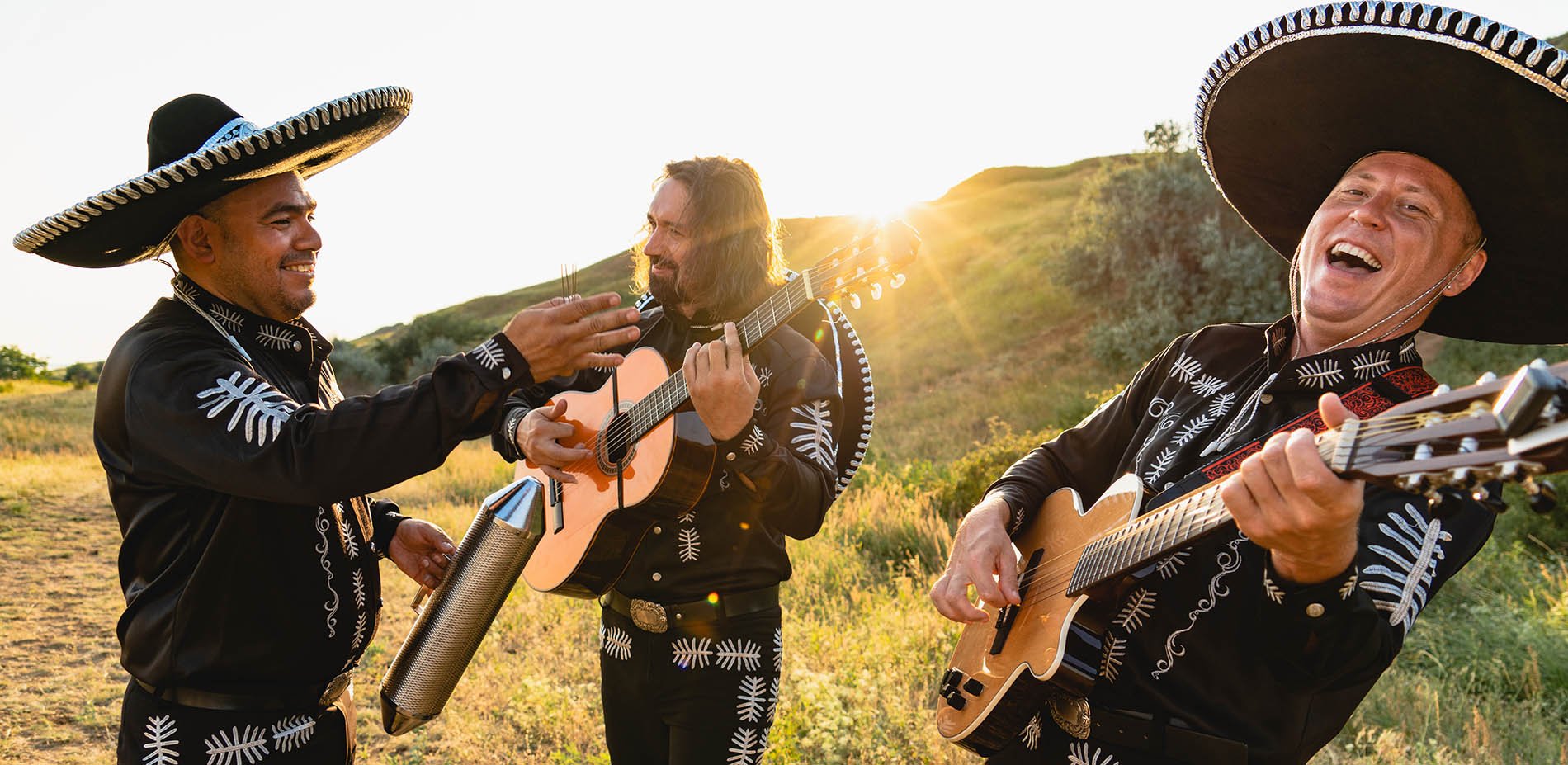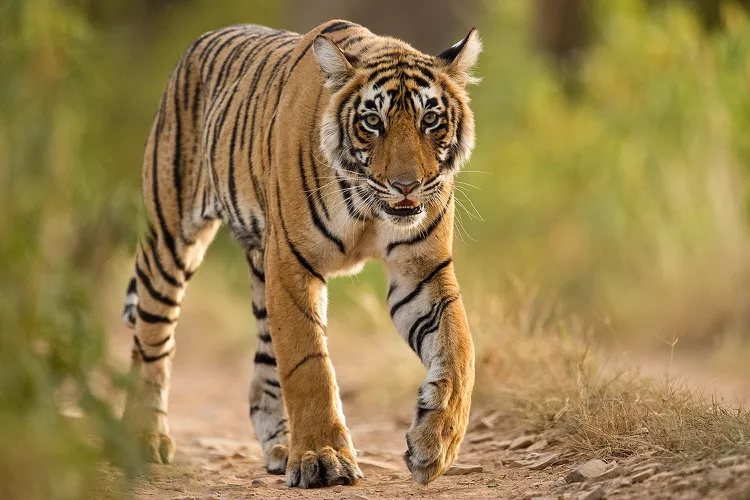Exploring Mexico Mariachi Bands: History, Culture, and Impact

The Mexico mariachi bands, is known internationally and has great importance within the Mexican culture and society and is that through this traditional music is able to transmit values, history and different languages, which leads it to be recognized as Intangible Heritage of Humanity.
Therefore, the Mexico mariachi bands, is the maximum expression of Mexican folklore, which has led it to become a symbolic institution not only of music but also of the culture of the Latin American country. And the music of Mexico mariachi bands, aims to transmit values that promote respect for the heritage of each Mexican region, so that in every celebration in which Mexico mariachi bands participate, demonstrates the great national pride that Mexicans feel for their history and culture.
Here’s everything you need to know about: Dr Simi Mexico : The Icon of Affordable Healthcare in Mexico
Mexico mariachi bands are part of the cultural identity of the country?
Mariachi bands are considered an important part of Mexico’s culture, which is why they play a fundamental role in the development of the traditional music of the Aztec country, since it is a mixture of influences from indigenous natives and European conquerors. It is important to mention that Mexico mariachi bands are full of energy, passion and emotion.
Mexico mariachi bands have managed to evolve over time, so nowadays mariachi bands are considered a form of popular expression at an international level and due to the impact they have achieved, you can now find them all over the world, from North and South America, to Europe and Asia. They are widely used in festivities, cultural events, weddings, birthdays and events of family importance.
The cultural development that Mexico mariachi bands has achieved is mainly due to the fact that this music connects with people and at the same time expresses emotions, since each verse of mariachi music speaks of love, pain, joy and daily life.
Therefore, Mexico mariachi bands is a way to maintain the Mexican culture and preserve its traditions.
The international influence of Mexico mariachi bands
Mexico mariachi bands have achieved great international importance, and due to the strength with which they transmit emotions, they have transcended borders, so it is very common to hear them in countries such as the United States, Venezuela, Colombia, El Salvador, France, Italy, Japan, Antilles and some countries of the African continent.
This leads us to conclude that Mexico mariachi bands are a cultural bridge that connects people regardless of their nationality.
History and origin of the mariachi
It is considered that the birthplace of the mariachi is Jalisco, and it is said that ”from Cocula is the mariachi and from Tecalitlán the sones”. However, it is also considered relevant in other states such as Michoacán, Zacatecas and Colima, where you can see musicians in public squares playing to delight both nationals and foreigners.
There are two versions of the word mariachi, the first one indicates that it comes from the French word marriage which means marriage, and it is said that in Jalisco during the French occupation musicians were hired to entertain at weddings, but this story does not really have reliable proof.
The other version assures that the mariachi had its origin in popular music and artists coming from Nueva Galicia, which is currently known as Guadalajara.

Nowadays it is believed that the origin of mariachi comes from Cocula, at the end of the XIX century several groups became known after migrating to Mexico City.
It is important to mention that the birth of the mariachi has humble origins, the first mariachis were folk bands that did not have a documented formal dress, so they possibly used common clothes, however, after the Mexican Revolution in 1910, the mariachis achieved a considerable boom and imposed a kind of uniform, the first men’s suits were baptized as “traje de charro”.
As the mariachis were expanding, their clothing was also gaining popularity. Today’s mariachis wear clothes similar to those worn by hacienda owners, which makes their attire somewhat removed from their humble origins.
Mariachi attire consists of short boots called botines, tight pants with shiny gold or silver trimmings, a short jacket and a long sleeve shirt. This costume also has gold or silver buttons, a wide bow or knotted tie and a large hat.
Regarding the etymology, there are several theories of its origin, one of them as mentioned above comes from the word marriage (marriage) in French. While other studies assure that its origin comes from the mestizo word Maria, which was born in Cocula, Jalisco, from the word shi, which in turn comes from the coca language, which is designated to interpret songs in honor of the Virgin Mary in the patron saint festivities.
Finally, there is a version that assures that the word mariachi refers to the stage where the dancers and musicians were placed during the first period of mariachi presentations.
It should also be noted that due to the success that many mariachis obtained in the Mexican capital, despite having more rural origins, little by little the mariachis were settling in Mexico City, which gradually led them to be recognized worldwide, mainly thanks to the audiovisual media and they began to appear in movies, soap operas and programs that helped to experience a boom that led them to be known internationally.

Evolution of the instruments and musical styles of the mariachis
From their humble beginnings, the main instruments of the mariachis are stringed instruments such as the guitar, violins and vihuela. These instruments not only provide melody, but also establish the rhythm of the music.
Learn all about: The Rise and Fall of Taco Bell in Mexico: An In-Depth Analysis
Throughout the years other instruments have been added, as is the case of the trumpet, an instrument that generated versatility to the music and little by little made the mariachis represent Mexico’s cultural heritage worldwide.
In addition to adding new instruments, little by little the mariachis have expanded their repertoire of songs, thus incorporating other musical genres such as bolero ranchero. However, it is important to mention that even though Mexico mariachi bands have been creating new adaptations, the essence of the traditional mariachi is still maintained.
The importance of mariachis in the media must also be reflected, and it is thanks to them and their way of adaptation that they have managed to take root in the hearts of Mexicans.
On the other hand there is the modernization of Mexico mariachi bands and fusions with contemporary music, and is that the music of Mexico mariachi bands in search of staying alive in society adapted their techniques and merged with other more modern musical genres.
Today we can see how mariachi artists and groups experiment with fusions with jazz, rock and other genres that have managed to bring mariachi to new audiences, but without leaving aside the traditional essence that made them grow worldwide as representatives of Mexican culture.
The most important mariachis in history
The Mexico mariachi bands are the living reflection of the Mexican culture, therefore, they represent an important piece of the country’s history, and thanks to the diffusion of the media such as film, radio and television, the mariachis were expanding not only by the national territory, but also around the world, reflecting the essence of the Mexican.
It is thanks to this that several characters have managed to catapult themselves as the best in the genre. We leave you a brief list with some of the most recognized mariachis in the world:
One of the most important groups within the world of Mexico mariachi bands is the group Mariachi Vargas de Tecalitlán, which was created in 1897. This group is formed by a vihuela, a guitarrón, a harp, three trumpets and seven violins, and is considered the best mariachi group in the world.
Learn all about: Understanding the Education System in Mexico: A Comprehensive Guide
There is also Mariachi Sol de Mexico, created by Jose Hernandez in 1981, which has been playing mariachi for 6 generations.

On the other hand, there are also some characters such as José Alfredo Jiménez, who besides being an actor was also a singer-songwriter and sang some emblematic mariachi songs. Lucha Reyes, also stood out in mariachi music and was recognized as the Queen of Mariachi in the state of Jalisco.
The famous Pedro Infante, besides leaving important material from the Golden Age of Mexican cinema, was considered a mariachi icon, for his famous pieces such as Amorcito corazón.
Mariachi 2000 was another important group in the mariachi world, founded in Mexico City’s Plaza Garibaldi in 1980. Mariachi 2000 has as a highlight the sound of the trumpet.
Last but not least are Vicente Fernandez and Mariachi Azteca, Vicente Fernandez, also known as El Charro de Huentitán, is one of the most famous representatives of mariachi today and was part of Mariachi Azteca for 40 years, it should also be noted that Vicente left a generation of important mariachis, with his children and grandchildren who have been gradually entering the world of traditional Mexican music.

Diffusion of the mariachi at an international level
Throughout time, mariachis have been an important part of the country’s culture and politics, which has led them to become part of the Mexican identity.
It is precisely for this reason that little by little they were integrated into some industries such as the film industry, especially in the Golden Age, which was one of the main factors that allowed mariachis to be known internationally.
In turn, this allowed mariachi groups to travel around the world, making international tours that represent an important part of Mexican culture. Likewise, mariachis have had the opportunity to participate in events and festivals of international importance.
Now you know Mexico mariachi bands, one of the most deeply rooted musical traditions of Mexico that not only represents the culture but also the identity of the Mexican at an international level.
Here’s everything you need to know about the Mexican national team: Exploring the Most Popular Sport in Mexico: A Deep Dive into Mexican Sporting Culture







